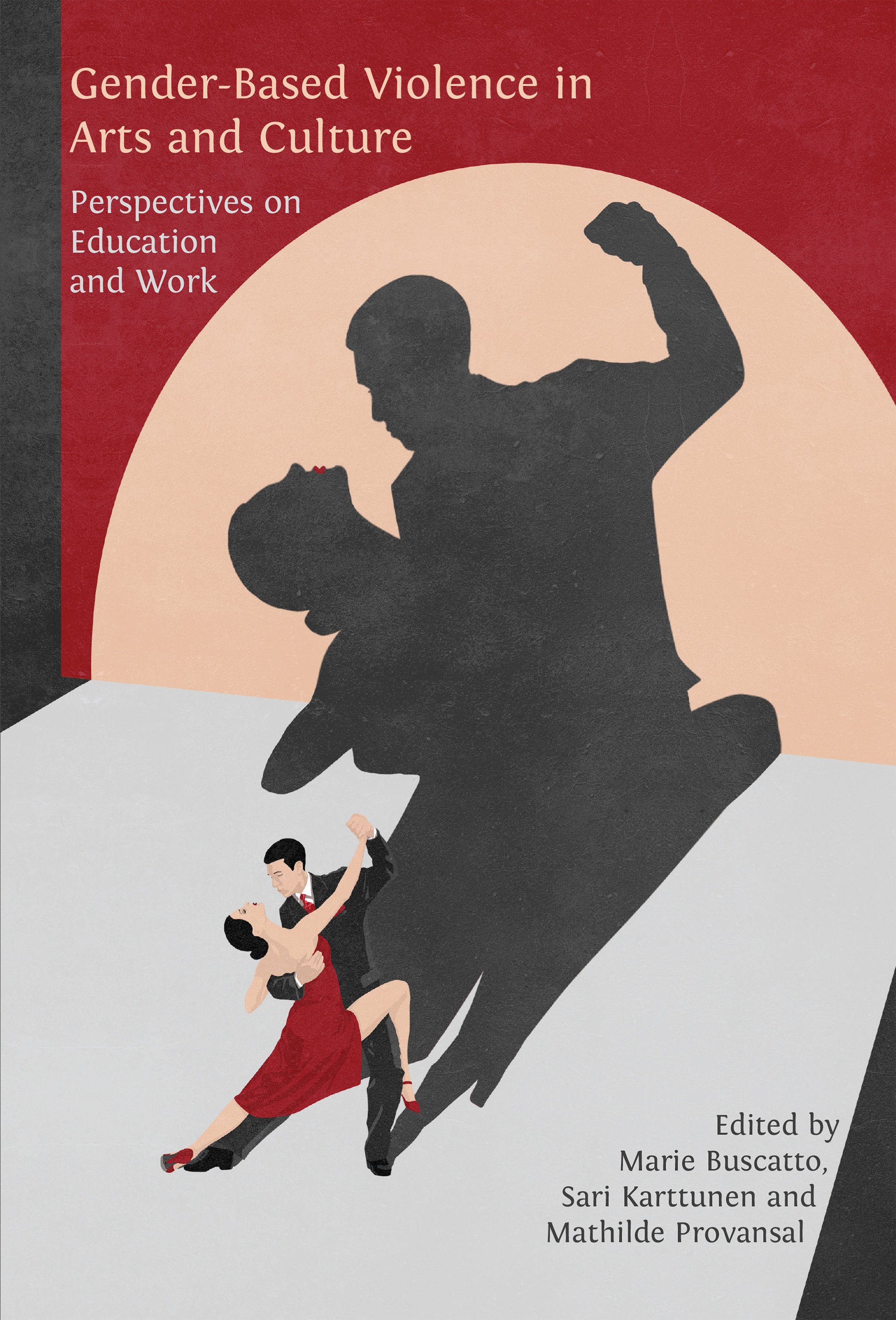Part II
Creating Representations of Gender-Based Violence in Art and Culture
Introduction
Part II consists of two chapters that explore how gender-hostile conditions of production impact and are reflected in women’s artworks and other creative outputs. Drawing on case studies from the UK (screen industry) and Finland (photographic art), the chapters examine how women’s creative practices and choices—for example, topic, perspective, form, and content—are shaped by their experiences in work environments where gender-based violence is normalised as part of industry culture.
In Chapter 5, Leena-Maija Rossi and Sari Karttunen focus on the Helsinki School, a Finnish photography training and branding initiative launched in the 1990s at one of the country’s art universities. While the ‘school’ was presented as female-led, it was, in fact, designed and managed by male gatekeepers. In 2022, the celebrated project began to attract negative publicity when several former female students publicly accused key male figures of sexual harassment. These women also revealed how they had been encouraged to use their bodies, trauma and personal experiences as material in their artwork. At the same time, as Rossi and Karttunen note, the establishment of the ‘school’ required a unified ‘formatisation’ for marketing purposes, with an emphasis on large-scale works, technical rigour and a sense of coolness. The authors suggest that by placing expectations on the participating photographers, particularly the younger ones, the initiative shaped both the content and form of their work, with some images also taking on different meanings when viewed as part of the Helsinki School. The prominent representation of women gave the initiative a feminist and conceptual edge that was valued in the international art market, bringing up the economic dimension of gender-based violence.
In Chapter 6, Anna Bull examines the UK screen industry, focusing on women who create content on gender-based violence and sexuality while simultaneously struggling with harassment in their workplaces. Paradoxically, the industry also produces critical narratives about gendered violence but remains shaped by power structures that normalise such practices within its own professional culture. Bull’s study draws on interviews with women working in the screen industry who have experienced or reported sexual harassment. She explores how workplace harassment affects their creative agency, influencing not only their career trajectories but also the ways in which gendered violence is represented in film and television. The chapter also considers whether producing content on gender-based violence increases women’s vulnerability to harassment or provides them with a platform to challenge industry norms. By examining the interplay between creative work and lived experience, Bull sheds light on how gender-based violence influences both the working conditions and artistic choices of women in the screen industry.
Together, these chapters suggest that the conditions of gender-based violence prevalent in the arts and culture sector have a significant impact on women’s creative agency and artistic production. The case studies underscore the need for further research to fully understand the multiple effects of these dynamics on women’s creative practices and the representation of gender-based violence in artistic and cultural works.
